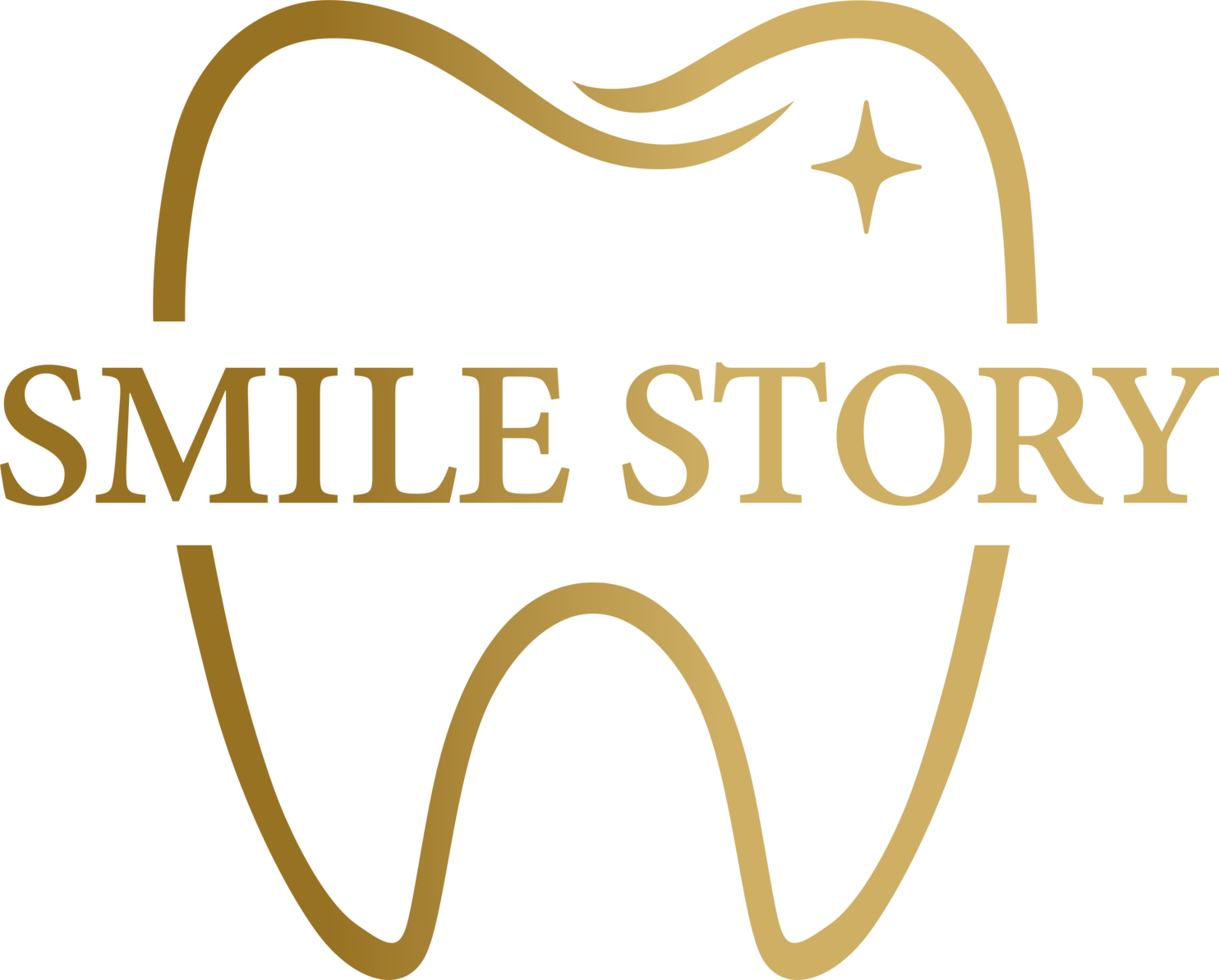Stained and Discolored Treatment Near You
How Tooth Color Changes
How you feel about your teeth has a powerful influence on how confidently you smile, speak, and interact with others. Many people with stained or discolored teeth become self-conscious, which can affect personal relationships, social comfort, and even professional confidence. Discoloration can develop gradually, making patients unsure of when or why the changes happened. Whether the concern is mild yellowing or deeper brown or gray shades, the impact on self-esteem can be significant. At our practice, we understand that a bright smile is not only about appearance but also about how you feel when you share it. Tooth discoloration is one of the most common issues we help patients address, and during your visit, our experienced dental team will take time to evaluate your needs, discuss your goals, and recommend treatment options designed to restore clarity, brightness, and confidence to your smile.
Exploring Extrinsic and Intrinsic Factors
Tooth staining happens when the natural shade of your teeth changes due to lifestyle habits, health conditions, or aging. There are two primary types of discoloration:
Extrinsic Stains:
- Surface Stains: These stains result from outside factors such as coffee, tea, red wine, berries, tomato sauces, and tobacco use.
- Poor Oral Hygiene: Inadequate brushing and flossing can lead to plaque buildup.
Intrinsic Stains:
- Medications: Certain antibiotics, such as tetracycline, may cause internal discoloration when taken during childhood.
- Trauma or Injury: When a tooth experiences physical trauma, it may produce additional dentin.
- Aging: As enamel gradually becomes thinner with age, the yellow dentin underneath becomes more visible.

